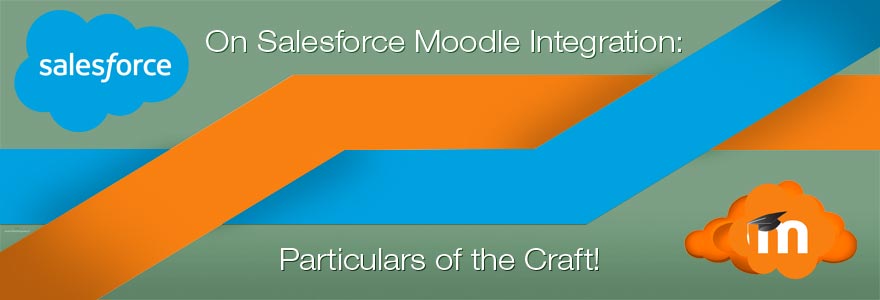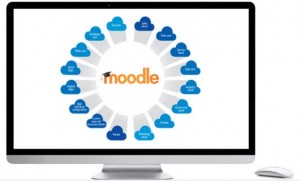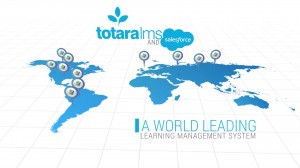
We have
something for you!
Are you still figuring out which LMS is the best? Grab the chance to explore the LMS Buyer's Guide and get started.

Are you still figuring out which LMS is the best? Grab the chance to explore the LMS Buyer's Guide and get started.

Paradiso Solutions, a provider of complete elearning solutions, brings to the table Salesforce Moodle integration. Before we proceed to speak more about Salesforce Moodle, Salesforce Totara or Salesforce LMS, a brief lowdown on who we are would be pragmatic. Paradiso Solutions is a heavily customized distributor of Moodle. We are delivering Salesforce Moodle/Totara/LMS solutions since 2007 to various clients – from Fortune 500 companies to small businesses.
When a CRM like Salesforce integrates with Moodle, Totara or LMS, there are different types of accounts that are created. And, the type of training imparted depends on the account type created. For example: the sales team would need sales training and product training. The customers in corporate sector would be the distributors or partners, who would eventually need product training. For students, training like online courses, classroom training, transcripts, etc would be required. For employees again, there is onboarding, compliance training and other ongoing training required to be implemented on a continuous basis.
Also, the different roles in a CRM has different needs, for example: the sales manager or a training co-ordinator for that matter are looking for ease of enrollment of the learners in bulk or individually from Salesforce in Moodle. If we take the case of a customer support manager, he may want to reduce the customer calls from the students. Same is the case with the partner manager, who would want to integrate training with all the partner portals. We cited these examples because this becomes important from the point of view of a CRM like Salesforce – that has a sales, customer support, partner portals in the platform.
 This is where Salesforce Moodle comes into play. It eases the goals of these portals and streamlines their work. Let’s see what happens when streamlining of these departmental goals is not done-
This is where Salesforce Moodle comes into play. It eases the goals of these portals and streamlines their work. Let’s see what happens when streamlining of these departmental goals is not done-
Secondly, when you want to sell courses online, the integral aspect of your ecommerce is your CRM. This is because, the CRM is the point where you hold contacts like data of existing / new customers. If Salesforce Moodle is not in place, the ecommerce for selling courses online becomes easy, as you can give course access to the contacts, do email marketing, upsell or cross sell the courses. All this becomes possible when you have a CRM in place and it is talking to Moodle, where actually the courses run.
It’s that simple! With just a simple amalgam of Salesforce Moodle, people will have access to training from Salesforce. Besides, let’s look at a few other features of Salesforce Moodle.
 m Moodle.
m Moodle.Sold? We bet the world on it and know that you are hankering for more on Salesforce Moodle! Don’t fret! We are just a shout away from reaching you… Get in touch with us now!